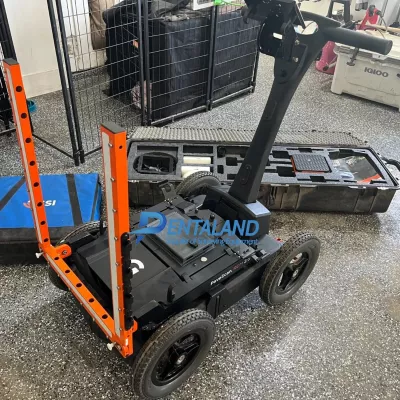Minneapolis is a city known for its vibrant music culture, from the legacy of Prince to a thriving local scene that spans rock, jazz, blues, indie, and more. If you’re looking to pick up the guitar or refine your skills, Minneapolis offers a wealth of opportunities for players of all ages and levels.
Why Take Guitar Lessons in Minneapolis?
Minneapolis is home to a diverse community of talented guitarists and dedicated teachers. Whether you want to master classical guitar, shred on electric, strum your favorite folk songs, or write your own music, there’s a teacher or music school ready to help you reach your goals.
Popular Styles You Can Learn:
- Acoustic guitar for folk, pop, and singer-songwriter styles
- Electric guitar for rock, blues, metal, and jazz
- Classical guitar for traditional and contemporary repertoire
- Bass guitar for rhythm section fundamentals
- Songwriting and performance skills
Where to Take Lessons:
Options range from private one-on-one sessions to group classes and specialized workshops. Many instructors offer flexible options, including in-studio, in-home, and online lessons. Local music schools, community centers, and independent teachers all contribute to the city’s dynamic music education scene.
What to Expect:
Good guitar lessons in Minneapolis are tailored to your goals. A beginner might start with basic chords, strumming patterns, and reading tabs, while intermediate and advanced players often work on improvisation, theory, soloing, or recording techniques. Many teachers also prepare students for live performances or help them join bands.
Benefits of Learning Guitar:
- Boosts creativity and self-expression
- Enhances discipline and focus
- Connects you with local music communities
- Opens doors to live playing opportunities in Minneapolis’ many venues and open mics
Finding the Right Teacher:
When searching for a guitar teacher, look for someone whose teaching style matches your learning style. Many local teachers offer a trial lesson to see if it’s a good fit. Word of mouth, music stores, and local ads are great ways to find reputable instructors.
Get Started:
Whether you’re a total beginner dreaming of your first chord or an experienced player aiming to polish your technique, Minneapolis is a fantastic place to nurture your passion for guitar. With dedication, the right teacher, and plenty of practice, you’ll soon be playing the songs you love — and maybe even performing on one of the city’s iconic stages.
So grab your guitar, find a local teacher, and let your musical journey in Minneapolis begin!


